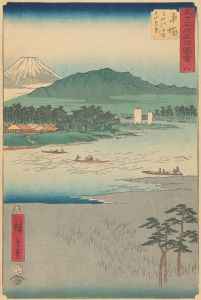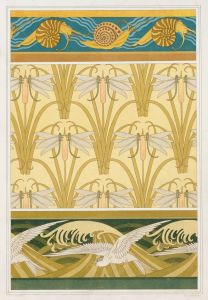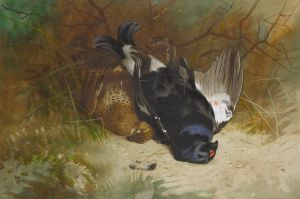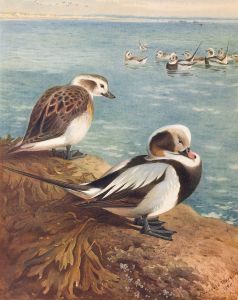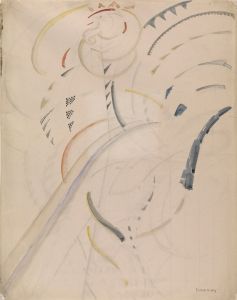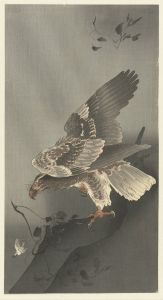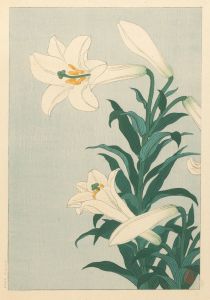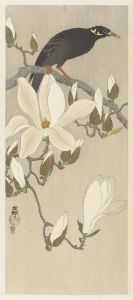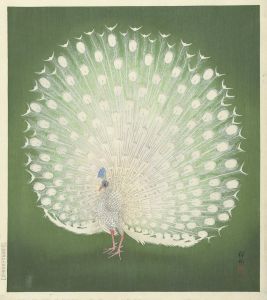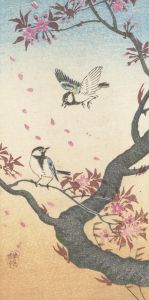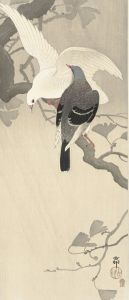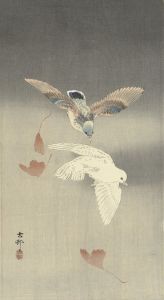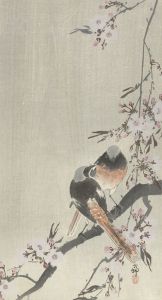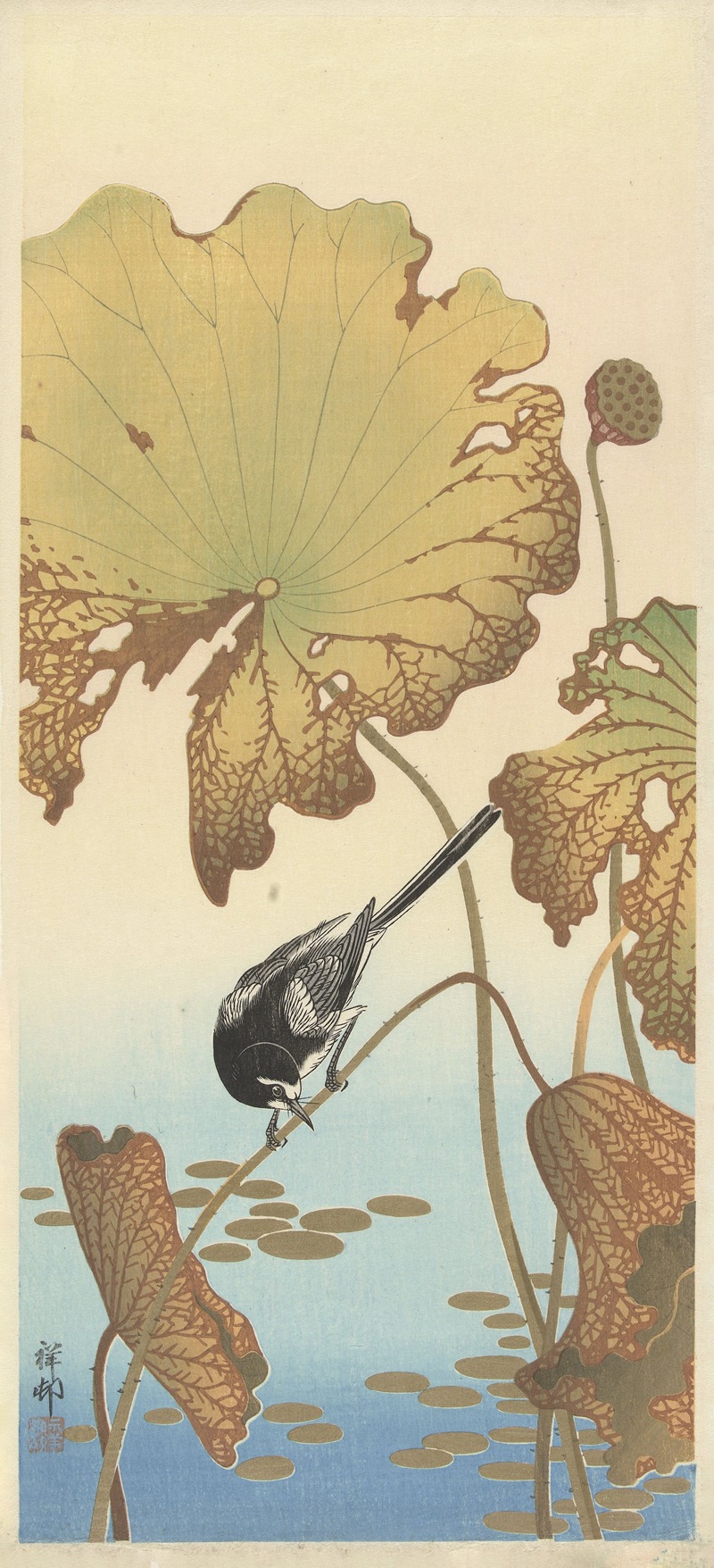
Japanese wagtail on lotus plant
A hand-painted replica of Ohara Koson’s masterpiece Japanese wagtail on lotus plant, meticulously crafted by professional artists to capture the true essence of the original. Each piece is created with museum-quality canvas and rare mineral pigments, carefully painted by experienced artists with delicate brushstrokes and rich, layered colors to perfectly recreate the texture of the original artwork. Unlike machine-printed reproductions, this hand-painted version brings the painting to life, infused with the artist’s emotions and skill in every stroke. Whether for personal collection or home decoration, it instantly elevates the artistic atmosphere of any space.
Ohara Koson (1877–1945) was a prominent Japanese artist known for his work in the shin-hanga ("new prints") movement, which revitalized traditional ukiyo-e woodblock printing during the late 19th and early 20th centuries. Koson specialized in kachō-ga, or bird-and-flower prints, a genre that focuses on the natural beauty of birds, plants, and flowers. His works are celebrated for their delicate compositions, attention to detail, and harmonious use of color.
The artwork "Japanese Wagtail on Lotus Plant" is one of Koson's many depictions of birds in their natural environment. In this piece, a Japanese wagtail (Motacilla grandis) is portrayed perched on a lotus plant. The bird is rendered with meticulous detail, capturing its slender body, long tail, and distinctive markings. The lotus plant, a symbol of purity and enlightenment in Japanese and Buddhist culture, is depicted with graceful lines and soft colors, complementing the bird's form. The composition reflects Koson's ability to balance realism with artistic elegance, a hallmark of his style.
Koson's works were primarily produced for export to Western audiences, where there was a growing fascination with Japanese art during the early 20th century. His prints were particularly popular in the United States and Europe, where collectors admired their aesthetic qualities and the craftsmanship involved in their creation. The "Japanese Wagtail on Lotus Plant" exemplifies the shin-hanga movement's blending of traditional Japanese techniques with a modern sensibility that appealed to international tastes.
Koson's prints were created using traditional woodblock printing methods, a collaborative process involving the artist, carvers, and printers. The artist would first create a detailed design, which was then carved into wooden blocks by skilled artisans. Each block was used to apply a specific color, and the final print was produced by layering these colors onto handmade paper. This meticulous process allowed for the creation of vibrant, textured images that have stood the test of time.
While specific details about the creation date or original publication of "Japanese Wagtail on Lotus Plant" are not readily available, it is consistent with Koson's broader body of work, which often featured birds in serene, natural settings. His prints continue to be highly regarded by collectors and art historians, both for their artistic merit and their role in the history of Japanese printmaking.
Koson's legacy endures as one of the leading figures in the shin-hanga movement, and his bird-and-flower prints remain a testament to the beauty of the natural world as seen through the lens of Japanese art.





